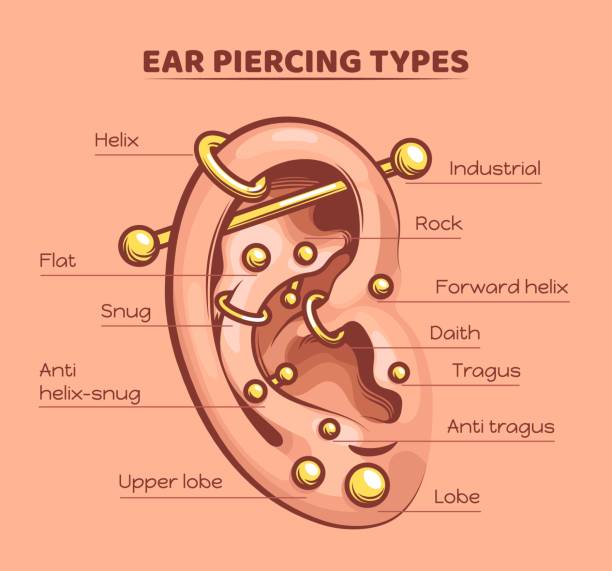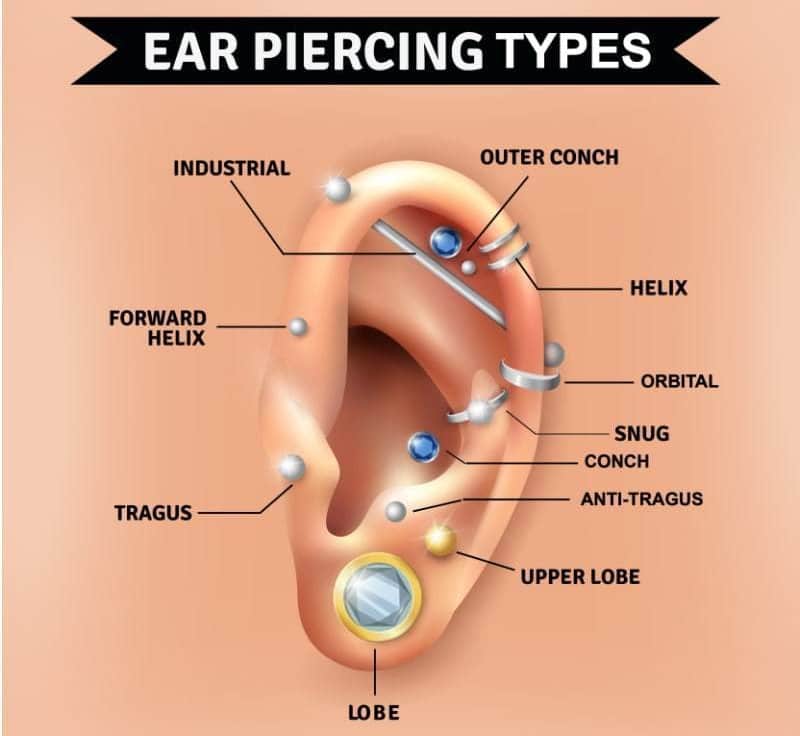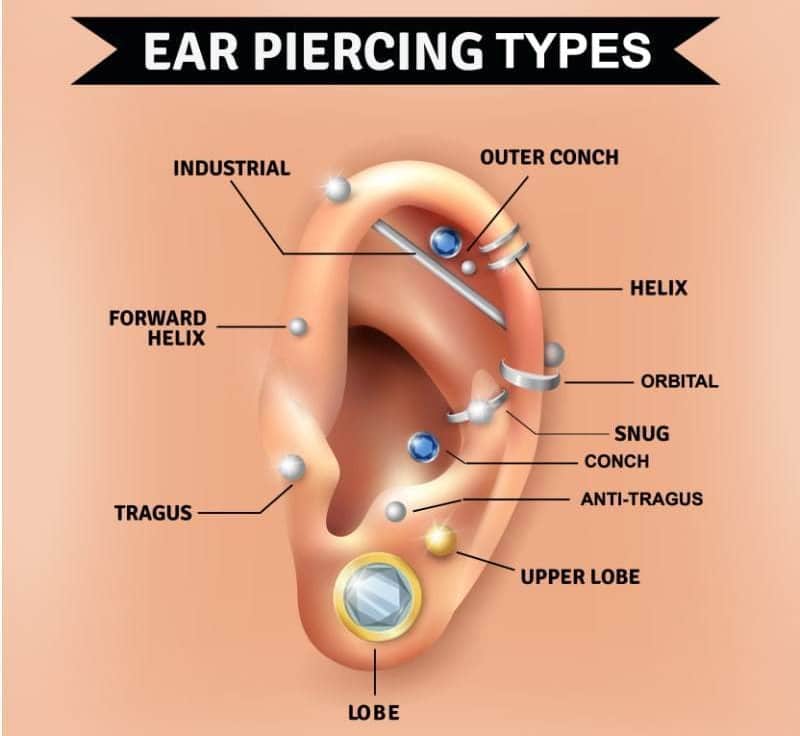How Does a Car Water Tank Work and Why Is It Important?

Every car on the road has a water tank, but not everyone understands what it does or why it is important. The car water tank, also known as the coolant reservoir, plays a crucial role in keeping your engine cool and running efficiently. In this blog post, we will dive into how the car water tank works, why it is so important for the overall performance of your vehicle, and what happens when it isn’t working properly.
What is a Car Water Tank?
A car water tank, also called a coolant reservoir, is a container that stores the coolant (or antifreeze) used by the engine’s cooling system. This tank is typically made from durable plastic and is located near the engine, often connected to the radiator. It helps ensure that the engine doesn’t overheat by maintaining the proper level of coolant in the system.
The coolant used in the water tank circulates through the engine, absorbing the heat generated by the engine. This heated coolant is then sent to the radiator, where it cools down before being sent back into the engine to absorb more heat. The water tank serves as a backup storage for coolant, ensuring the engine cooling system remains at the right level.
How Does a Car Water Tank Work?
Now that we understand what a car water tank is, let’s look at how it works. To put it simply, the water tank holds extra coolant that the engine uses when needed. Here’s a step-by-step breakdown of how the process works:
Step 1: Engine Heating Up
When you start your car, the engine begins to heat up as it works. As the engine generates heat, it starts to raise the temperature of the coolant circulating through the system. The coolant absorbs the heat from the engine and carries it away to the radiator, where it is cooled.
Step 2: Coolant Expansion
As the coolant absorbs heat, it expands, causing the coolant levels to rise. The water tank is designed to allow this expansion to happen safely. The extra coolant is stored in the water tank, which has a cap that prevents the coolant from spilling out or evaporating.
Step 3: Cooling Process
Once the coolant has passed through the engine, it flows to the radiator. The radiator has a series of thin tubes and fins that help dissipate the heat from the coolant. As the air flows through the radiator, it cools the coolant down. The cooled coolant is then sent back into the engine to absorb more heat.
Step 4: Returning to Normal Levels
Over time, as the engine continues to run, the coolant levels in the system can drop. The car water tank helps make sure that the engine’s cooling system always has the right amount of coolant. If the coolant levels drop too low, the water tank releases coolant to maintain the proper balance in the system.
Why is the Car Water Tank Important?
You might be wondering why this small plastic tank is so important to your car’s overall performance. The truth is, the water tank plays a vital role in ensuring that your engine doesn’t overheat and that the entire cooling system works as it should. Let’s dive into the key reasons why the water tank is essential for your vehicle.
1. Prevents Overheating
One of the most critical functions of the water tank is to prevent your engine from overheating. When your car’s engine overheats, it can lead to serious damage, including warped engine parts, a blown head gasket, or even complete engine failure. The water tank helps keep the coolant levels at the right amount, ensuring the engine maintains a healthy temperature.
2. Maintains Engine Efficiency
Your engine’s efficiency depends on keeping it at the right temperature. If the engine runs too hot, it can reduce fuel efficiency, causing you to spend more money on gas. On the other hand, if the engine is too cold, it can lead to poor combustion and inefficient engine performance. The water tank helps ensure that your engine stays at the optimal temperature, promoting better fuel efficiency and overall performance.
3. Extends Engine Lifespan
Regularly maintaining proper coolant levels and ensuring that your car’s water tank is functioning correctly can help extend the lifespan of your engine. Overheating, caused by insufficient coolant, can accelerate engine wear and tear, leading to costly repairs. By making sure your water tank is doing its job, you’re protecting your engine and keeping it running smoothly for a longer period.
4. Prevents Corrosion
Coolant is not just water—it contains chemicals that help protect the engine from rust and corrosion. The water tank ensures that the coolant remains at the proper level and doesn’t get too old, which could cause it to lose its protective properties. When the coolant is at the right level, it helps prevent rust and corrosion from building up in the engine, which could cause long-term damage.
5. Protects Other Vehicle Components
The coolant circulating through the engine also passes through other important components like the radiator, heater core, and hoses. When the water tank ensures that the coolant is always at the correct level, it helps protect these components as well. Without proper coolant levels, the radiator may overheat, and hoses may crack or become damaged, leading to costly repairs.
What Happens If Your Car Water Tank is Not Working?
Just like any other part of your vehicle, your car’s water tank needs to be in good working condition. If it’s not functioning properly, it can lead to a range of issues that affect your car’s performance. Let’s look at some of the common problems that can arise when the water tank is not working as it should.
1. Engine Overheating
The most obvious sign that your water tank is not working properly is engine overheating. If the water tank is not storing enough coolant or if there’s a leak in the system, the coolant levels may drop, leading to the engine overheating. This can cause severe damage to the engine if not addressed immediately.
2. Coolant Leaks
If you notice a puddle of coolant under your car, it could be a sign that your water tank is leaking. A cracked or damaged tank can cause coolant to leak out, which reduces the effectiveness of the cooling system. A coolant leak can also lead to engine overheating and other issues if left unchecked.
3. Low Coolant Levels
When the water tank is not working properly, you may notice that the coolant levels are consistently low. If you find yourself needing to top off the coolant more often than usual, it could be a sign that the water tank or another part of the cooling system is failing.
4. Air Bubbles in the Coolant System
If there are air bubbles in the coolant system, it could be a sign that the water tank is not maintaining the right pressure. Air bubbles can disrupt the coolant flow, preventing it from absorbing and dissipating heat effectively. This can lead to engine overheating and other serious issues.
5. Overflows and Spills
If the water tank is overfilled or if the cap isn’t sealed properly, coolant may overflow or spill out. This can create a mess and reduce the coolant available to the engine, which could lead to overheating.
How to Maintain Your Car’s Water Tank
Now that you understand the importance of the water tank and how it works, let’s look at some simple maintenance tips to keep it in good condition and prevent issues down the road.
1. Regularly Check Coolant Levels
One of the easiest ways to maintain your car’s water tank is by regularly checking the coolant levels. Make sure the coolant is at the proper level indicated by the markings on the side of the tank. If the level is low, top it off with the appropriate coolant type for your vehicle.
2. Inspect for Leaks
Check for any signs of leaks around the water tank, radiator, and hoses. Look for puddles of coolant under your car, or inspect the tank for cracks or damage. If you notice any leaks, it’s essential to get them fixed as soon as possible to avoid more severe issues.
3. Replace Old Coolant
Coolant doesn’t last forever, so it’s essential to replace it periodically. Over time, coolant can break down and lose its effectiveness, leaving your engine vulnerable to overheating and corrosion. Follow your car’s manufacturer recommendations for when to replace the coolant.
4. Check for Corrosion
Inspect the water tank and surrounding components for any signs of corrosion. If you see any rust or buildup, clean the area and replace any affected parts. Corrosion can weaken the system and lead to leaks or other issues.
5. Make Sure the Cap is Sealed Tight
The cap on the water tank is essential for maintaining the right pressure in the cooling system. If the cap is loose or damaged, it can cause coolant to escape or air to enter the system, leading to overheating or other problems. Make sure the cap is always securely tightened.
Conclusion
The car water tank plays a crucial role in keeping your engine cool, efficient, and protected. By understanding how it works and why it’s important, you can ensure that your car stays in good condition for years to come. Regular maintenance, such as checking coolant levels, inspecting for leaks, and replacing old coolant, will help prevent issues and keep your engine running smoothly.
If you suspect that your water tank is malfunctioning, don’t ignore it. Take action to fix the issue before it leads to more serious and costly problems. With proper care and attention, your car’s water tank will continue to perform its job, ensuring a healthy engine and a smoother ride.
For more insightful articles related to this topic, feel free to visit bloggingshub.com











